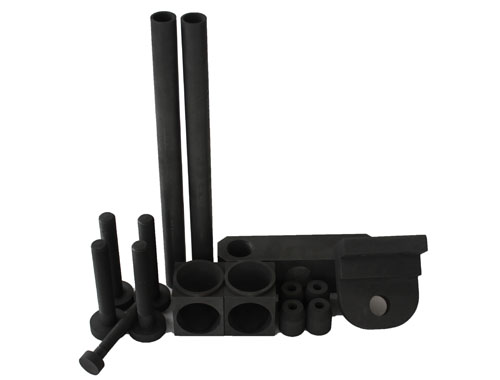How to Drive the Development of the Metallurgical Industry Using Electrode Paste
The metallurgical industry plays a crucial role in global manufacturing, providing essential materials for various sectors. In this dynamic and competitive landscape, innovation is essential for maintaining efficiency, sustainability, and competitiveness. Leveraging electrode paste in metallurgical processes presents an opportunity to drive innovation across multiple fronts, from improving process efficiency to advancing sustainability initiatives.
1.Enhanced Conductivity and Efficiency: Electrode paste serves as a crucial component in electric arc furnaces (EAFs) and submerged arc furnaces (SAFs), where it functions as a conductive material for generating high temperatures necessary for metal refining and smelting. By optimizing the composition and properties of electrode paste, metallurgical facilities can enhance conductivity, leading to improved energy efficiency and faster processing times. This not only reduces operational costs but also increases overall productivity, driving innovation in the efficiency of metallurgical processes.
conductive material for generating high temperatures necessary for metal refining and smelting. By optimizing the composition and properties of electrode paste, metallurgical facilities can enhance conductivity, leading to improved energy efficiency and faster processing times. This not only reduces operational costs but also increases overall productivity, driving innovation in the efficiency of metallurgical processes.
2.Tailored Chemical Composition for Specific Applications: Innovative formulations of electrode paste can be tailored to meet the specific requirements of different metallurgical applications. By carefully selecting raw materials and adjusting the chemical composition, manufacturers can develop electrode pastes optimized for various metal refining processes, such as steelmaking, aluminum production, and ferroalloy manufacturing. This customization allows for greater flexibility and precision in metallurgical operations, enabling producers to adapt to changing market demands and technological advancements.
3.Advanced Electrode Paste Handling and Dispensing Systems: Innovation extends beyond the composition of electrode paste to include the development of advanced handling and dispensing systems. Automated systems for loading and distributing electrode paste streamline operations, minimize manual labor, and reduce the risk of human error. Integration of robotics and artificial intelligence enhances precision and efficiency in paste application, ensuring uniform coverage and maximizing furnace performance. These technological innovations not only improve process reliability but also contribute to workplace safety and operational sustainability.
4.Sustainability and Environmental Impact Reduction: Electrode paste innovations play a significant role in advancing sustainability goals within the metallurgical industry. By incorporating recycled materials and implementing eco-friendly production processes, manufacturers can reduce the environmental footprint of electrode paste production. Moreover, improvements in energy efficiency and process optimization contribute to lower greenhouse gas emissions and resource conservation. As sustainability becomes an increasingly important consideration for consumers and regulators, innovative electrode paste solutions offer a pathway towards greener metallurgical practices.
5.Collaboration and Knowledge Sharing: Driving innovation in electrode paste utilization requires collaboration among stakeholders across the metallurgical supply chain. Manufacturers, research institutions, and end-users can collaborate to exchange knowledge, share best practices, and develop new technologies. Open innovation platforms and industry partnerships facilitate the co-creation of solutions that address common challenges and drive continuous improvement. By fostering a culture of collaboration and knowledge sharing, the metallurgical industry can accelerate innovation in electrode paste utilization and drive overall progress in metal production processes.
Electrode paste holds immense potential as a catalyst for innovation in the metallurgical industry. From enhancing conductivity and efficiency to tailoring chemical compositions for specific applications, electrode paste innovations offer a wide range of benefits that drive progress and competitiveness in metal production processes. By embracing technological advancements, promoting sustainability initiatives, and fostering collaboration across the supply chain, metallurgical facilities can unlock new opportunities for growth, efficiency, and environmental stewardship in the evolving global market.





